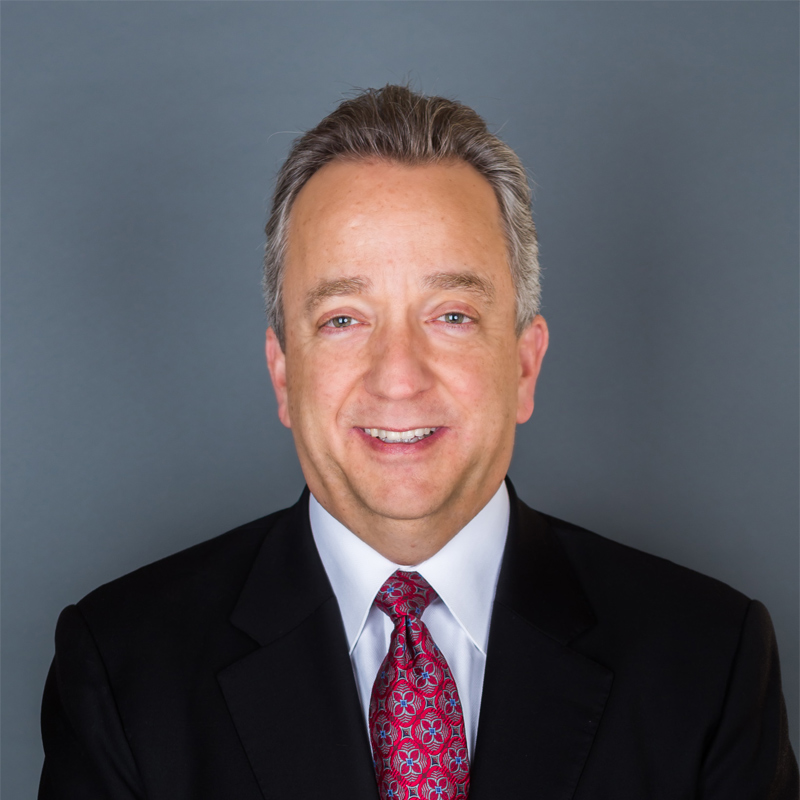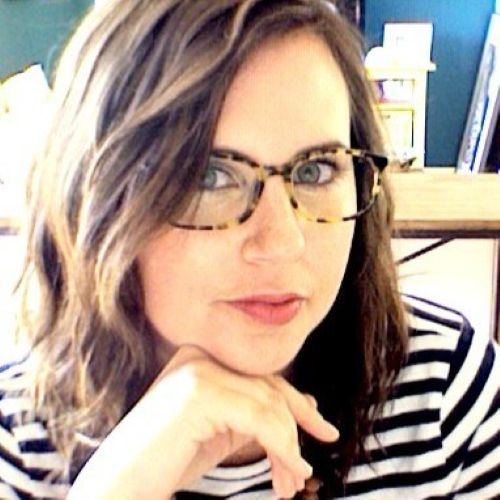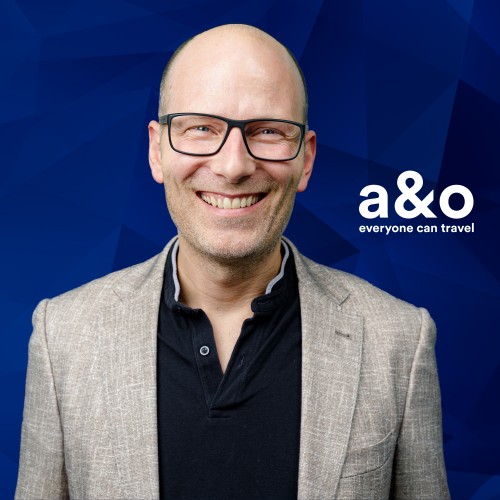Daniel Fenton
Episode 1: Enhance the Visitor Experience, with Daniel Fenton
In this episode, you will learn about collaborating to improve business development districts from Daniel Fenton.
Daniel Fenton is an Executive Vice President with JLL’s Hotels & Hospitality Group. He is a 25-year veteran of the Hospitality and Tourism industries. Daniel led a destination marketing organization that completed a highly successfully re-branding, re-structuring effort that is used as a cutting edge model for others. He is the past Chairman of the Board of Destination Marketing Association International where he launched several initiatives designed to drive more effectiveness in Destination Marketing Organizations nationally. He graduated with distinction from the Cornell University School of Hospitality Management.
Daniel has successfully completed and is currently the Project Executive for many tourism planning initiatives, most recently including Travel Portland; Visit Denver; Houston Convention & Visitors Bureau; New Orleans Convention and Visitors Bureau Miami Beach Convention & Visitors Bureau; Daytona Beach/Volusia County, Florida; Hawaii Tourism Authority; Visit Salt Lake; Atlantic City, New Jersey; Ft. Lauderdale/Broward County CVB, Florida; San Jose Convention & Visitors Bureau and Charlotte NC.
More on Dan’s background
Thank you for joining me, Dan.
Thanks, Nicole, thanks for having me.
You really get around don’t you?
We do Nicole, we definitely do, and that’s why we love what we do — the opportunity to work with different destinations and really understand what is unique about each one of them and trying to figure out how we can be helpful.
That’s awesome. I’m so happy to have you on our show. Could you just share a little bit more about you and your personal story, Dan, and how you’ve arrived at where you are today?
Sure. I’m a product of a family that started in hospitality when I was nine years old. So I have essentially been in and around hospitality and tourism my whole life and from that age on it was something that interested me and as you said earlier, I sort of stayed with it from and education perspective and really have been in those industries all my life and frankly can’t imagine being in anything else. So that’s really how I got started. Part of it was beginning in the hotel industry. I did some work there and really had a great career, ending up as a general manager of a hotel in the Carlton hospitality group and in doing that I saw the opportunity, as a hotel general manager, as being part of a board of directors of a tourism organization, there was an opportunity to, in my opinion, expand the opportunity to produce results for a destination, get involved with a community as part of that and really expand hospitality into a full tourism career, which is where I’ve now been for the better part of the last 20 years or 15 years.
I ran a large tourism organization, about a 20 million dollar budget with about 1000 employees, because we also had facilities that we ran in Silicon Valley and then got an opportunity to go to work with a firm that’s focused on how we could take our knowledge, as well as, continue to gain knowledge in supporting other destinations. Our firm has had the opportunity of interfacing with over 250 destinations over its history, and then Nicole, a very recent exciting thing happened to us is that we were purchased by JLL and we’re really now proud to be part of the JLL team which really gives us even more opportunity because now we have the chance to work with a lot of very bright stars within JLL as it relates to how we can expand what we do. I lead the efforts of JLL on behalf of how we build our opportunity in tourism and that includes destination master planning, that includes all different types of research, it includes structural planning related to organizations and destinations and it’s really an exciting opportunity.
One of the things we say, Nicole, in this is that no destination is the same. So we don’t take something that we have learned in one place and say, “OK, we are gonna do it in five others.” We really try to study what’s going to work with each destination or each organization or with each community, and then figure out how we tailor our approach in a very collaborative way to each one of those.
Wow. I love your story and your journey because you started more on the hospitality and the hotel side, moved more toward a broader area of destination marketing on the CVB side and now have moved into the consulting side so I’m really excited to hear your insights as we move through some of these questions that I’ve prepared for you. So if you’re ready, we’ll move on to the next one.
Let’s do that.
Destination Master Planning/Driving Targeted Messages
All right, so the tourism and hospitality industry is very competitive, I know you and I have talked about this a lot, you’ve been in the industry a long time, you’ve seen a lot of things evolve over the years, I’m just wondering if anything stands out in your mind of how you and your roles or your clients, what they’ve done to stand out from the crowd?
I think there’s two big tracks here if you broke this off into two really large buckets related to what you just asked Nicole. I think one, certainly has to be the ongoing destination master planning efforts. That is the continual advocacy to look at opportunities within destinations to essentially enhance the visitor experience or if we’re talking about conventions, the delegate experience. Really successful destinations never stop thinking about where the next opportunity is, how they’re gonna advocate for it, how it’s gonna get funded, and how it will in fact enhance the destination experience because it’s like anything. We are competing with other destinations or other entertainment options or other things that people can do with discretionary dollars, and if we’re not continually thinking about how we stay ahead of that and offer new experiences and offer relevant experiences then a destination is gonna lose its competitiveness.
I think the other big bucket is staying on top of how people are going to be best impacted, meaning what information channels? What’s the best approach? How can you tailor your targeting efforts in a specific a way as you can? As you know, Nicole, because we’ve talked about this, you know technology, as with any industry, has given us opportunities that we probably wouldn’t have dreamed of even three years ago, let alone five or 10. How do we maximize technology to make sure that we are reaching target audiences and that we are reaching with a message that resonates with them?
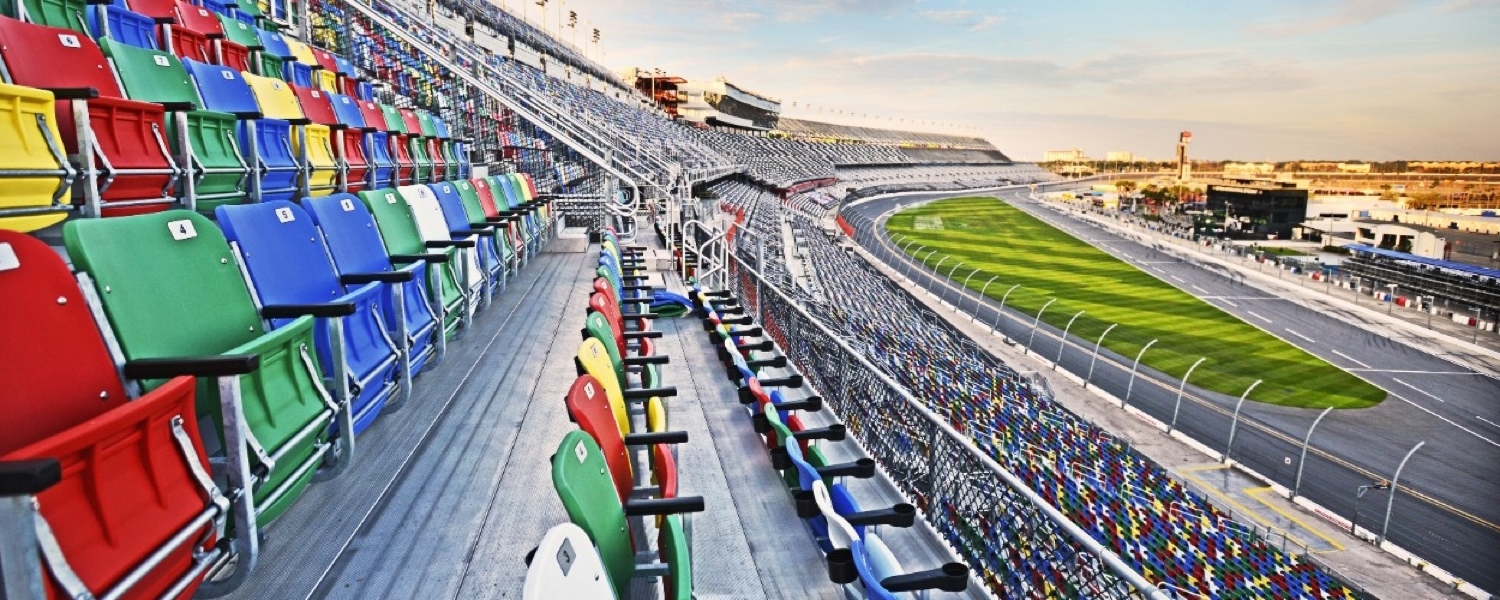
[bctt tweet=”“Destinations can maximize technology to get reach specific, target audiences.” – Daniel Fenton #podcast”]
I think destinations have historically been known to blanket a market, if you will, or just sort of drive awareness in a very generic way. We learn all the time that that might not be the most successful way to move the needle. If you think about those other industries that have very bright marketing minds, they think a lot about how to target a specific audience with specific experiences and bring them to either buy a product or of course in our case, come to a destination. So we think that the two big buckets are destination master planning and continuing to drive the message as specifically and as targeted as possible.
Yeah, that’s a great way to look at it and great advice. The master planning piece being so important. I like that you mentioned visitor experience and even the delegate experience because as we all know those meetings and groups coming to a destination are very important. I’m wondering, Dan, if you can dive a little bit deeper on that second bucket that you talked about. You talked about how destinations are being more targeted in reaching and using technology. Can you just expand on that a little bit, maybe give an example.
Yeah, an example is, and this is something that we do at JLL but again it’s really more what’s the purpose of it. That is we work very closely in this case with consumer research firms or in some cases we do the research directly ourselves. We learn about, for example, so let’s use, Nicole, an area that’s sort of a hot topic now. Let’s talk about millennial travelers. So, we learn about what the interests are, what they’re looking for, even sub groups of those travelers and what they’re interested in and we try to figure out how to develop products within destinations, if we have them, that are a match for that group, if you will, and then figure out how to find them specifically.
For example, in today’s world, whether it’s their online behavior, whether it’s specific ways to target them in terms of through e-marketing to be able to find them, knowing where they live, knowing what they’re interested in and trying to deliver materials, whether it’s directly in direct marketing or through online type of activities that we know are of interest to them. One thing we’ve learned about millennial travelers, and again there’s certain sub sections here, but as a broad case, they want to come and experience things, so they don’t necessarily want to be passive and sit and observe or come to a destination and watch things happen, they want to engage in it, they want to roll their sleeves up, they want to be a part of it. So whether it’s heritage tourism, whether it’s agri-tourism, whether it’s these areas, what we’ve learned is they want to roll their sleeves up and get involved, and then perhaps, when it comes to agri-tourism at the end of the day, maybe they go to a restaurant that has made it part of the restaurant to really drive that farm to table, food to table concept, but it’s been all part of their visit, it’s all part of their stay, if you will.
There’s two things there. One, developing the product but then going right to millennial travelers that are at the right distance, you know what I mean? From the destination in terms of the nature of how you get in and out and really getting to them with that specific message. So not just a broad message about sun or weather or generic type of topics, but specific things that you know that they’re going to be interested in and directly to them. We think that that is an approach that can be much more powerful than what has sort of traditionally occurred, and that would be broader branding or broader awareness type advertising that we think in today’s world just isn’t as impactful, number one. Number two, Nicole, it’s not as easy to measure and not as easy to track. Which as you know is an important part of any organization is an ability to track results and know that your efforts and your marketing efforts are successful.
Oh absolutely. ROI is such a huge topic of conversation, not just in the tourism industry but just in all circles and marketing circles in general.
Right.
So that was actually a great example, the millennials, because that’s a market that a lot of us are trying to reach.
Heritage Tourism: How to Make History Relevant and Engaging
This next question kind of builds off of that and that is I know creativity usually appears in the face of challenge or adversity, so what is the biggest challenge that you have faced or you have seen one of your clients face and the impact that you experienced as a result?
I think there’s a lot of them. There’s a lot of them because of the nature of the consumer. But let’s just take one, which would be an example is what I would call heritage tourism, or essentially, how do you make history something that is both relevant and how do you deliver it in a way that audiences are really going to engage in? By remembering who you are competing with. So we work in, a lot of destinations around heritage tourism where currently it is a fairly passive experience and you walk in and you sort of observe things and if you are highly interested and you are there to learn in that fashion it may be a great experience for you, but what we’re finding is people don’t want that anymore, they want things that they can touch and feel, they want to experience things, they want to essentially bring that history to life.
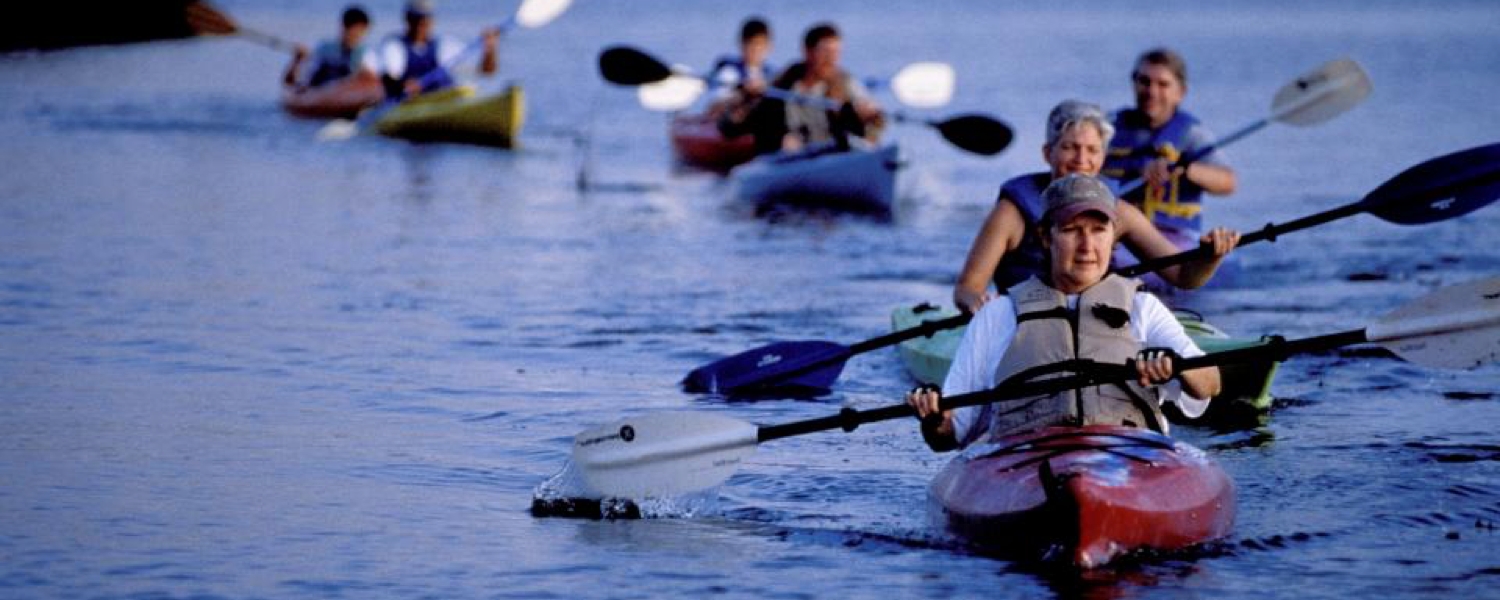
[bctt tweet=”“People want things they can touch and feel. Bring history to life.” – Daniel Fenton #Podcast”]
Well, you know Nicole, that’s easy for you and I to talk about in theory but not as easy to do. It’s costly. It takes a lot of coordination. Sometimes it takes capital and it takes investment to do it. So to sort of transform an attraction or a historic opportunity in a destination into something that really competes with other things that a visitor could be doing with their visitor dollars, we find that’s a struggle, and we find that it takes perseverance and it takes leadership and it takes some long term thinking to really bring something like that to life so that you’ve really got a competitive experience. We’ve worked in that space with destinations in trying to determine how we can provide the leadership and help with even funding thoughts and different ways to create infrastructure that would ultimately the type of experience that will make them competitive when it comes to driving new visitors into their sites if you will.
Yeah that’s definitely a challenge that most of us face. What is a solution that you’ve come up with or that you’ve seen that’s been successful along those lines?
One destination that we worked in was a historic destination in the Midwest, what they did was they went ahead and spent the time with us, we even brought in some other experts to put together a plan to produce, essentially, it was almost a production that went on in one of their historic sites. We had professional actors, the whole thing, this was a relatively small destination and the budget to put it together was about a quarter of a million dollars to get it up and running, and it is still in its infancy. It took a lot of political will and will from the community and all sorts of different people to get it going and it is starting to absolutely show signs of success, but it was a two to three year process from the point of saying this is an important thing, let’s try and do it, to the first actual activity happened.
So it’s not something you can say, “Okay that’s great, next Tuesday let’s start this,” but you really need to have a commitment to do it and in this case, make the case for what the return can be and how it can drive economic impact, how it can drive overnight stays, and what it can do. What we thought our role there was, was not only to demonstrate that it was going to drive ROI and support the programming but also really support the tourism organization in making the case for why this was so important and getting elected officials, community leaders to buy into this conceptually and to understand what it took to really do it to the degree that needs to be done, again, to compete for those sought after visitor dollars.
Right. So that’s really interesting too. One of the things you just said- it’s not something that you can start next week, it really takes that foresight and that thoughtfulness and back to what we started this conversation with that destination master planning, having that vision and moving towards it.
Yup. Yup.
I think in today’s day and age it’s hard to sometimes step back and say we need to be doing this planning and looking further into the future. You’ve got social media and everything coming at you so quickly, you feel like you need something you can start Tuesday, but that’s not always the right answer.
We just finished, or we’re in the final throes of a project in Maryland and after really spending time with a lot of stakeholders in a county in Maryland and their community, we ended up making a presentation to the county administrator and some elected officials and we essentially delivered a message, and it was a tough one to deliver, but in this case it was that there really weren’t any room night demand generators in the county besides some of the business demand generators that were really making any kind of an impact. So in this situation I think that they believed that we were going to come back and say something like, “You need to spend more money in marketing,” or, “You need to just focus your efforts and drive more awareness and it’ll all work out,” and we said, we need to move money from marketing in the beginning to get the products developed, we need to bring in expertise to do that, and we need to spend some time developing our experiences. So the entire master plan, there’s very little conversation, obviously, about marketing because we first have to improve our experiences, and we have to be willing, as a destination, to agree that’s what’s needed before we just put more money into exposing something that really isn’t at a state where it’s a significant visitor attraction.
Very tough presentation. The county administrator looked at me and said, “I had no idea that this was going to be the initial findings.” We said, let’s not everybody pack it in and say we can’t do anything, let’s develop a plan, let’s get the community involved and let’s develop a tourism structure that actually first and foremost supports this development side. So that’s been the new direction. The economic development team is very tied in with this plan and it’s first phase is all about development, to start work.
Dealing with Political and Regulatory Obstacles
That also brings up something else that I wanted to ask you about and it has to do with political or regulatory environment. You talked about making a presentation to the government there in Maryland, what are some of those political or regulatory obstacles that you find when you’re working with clients?
Just to stay with this as an example, one of the things that we continue to learn with regulatory issues that are going to restrict or are going to be perceived as restrictive, sometimes they’re environmentally based, sometimes they’re just frankly just regulatory based that don’t necessarily have a lot of basis, is we ended up working directly with health departments, they call it land use and planning departments, we worked with some of the state land use areas, because if you think about the state of Maryland they’ve got a lot of land that’s right near water, so they’ve got all the issues of how to make sure you’re environmentally sensitive and you think through things when it comes to any kind of development near the Chesapeake Bay, frankly, as an example.
What we did is we brought them in. So instead of just saying well, all these hurdles exist and we just have to assume they exist, we really brought them in, we talked to them about what we were trying to do, and we got them to give us solutions. So we said, if you look at this particular situation, this particular piece of property, or this particular opportunity, for us to stimulate private investment based on what we think the hurdles that a developer or a private investor’s gotta go through, nobody’s going to be interested in this. It’s funny, because when you get them in a room where you’re not talking about a specific project, when you’re just trying to get them to think with you, you can get them to open their minds up and think about what the process could be or what could happen or how could you get things more ready so that private investors are going to be more, for lack of a better term, more interested. So same thing, this new plan now includes new regulatory things, new approaches that are designed to make it much more user friendly but also smart when it comes to growth.
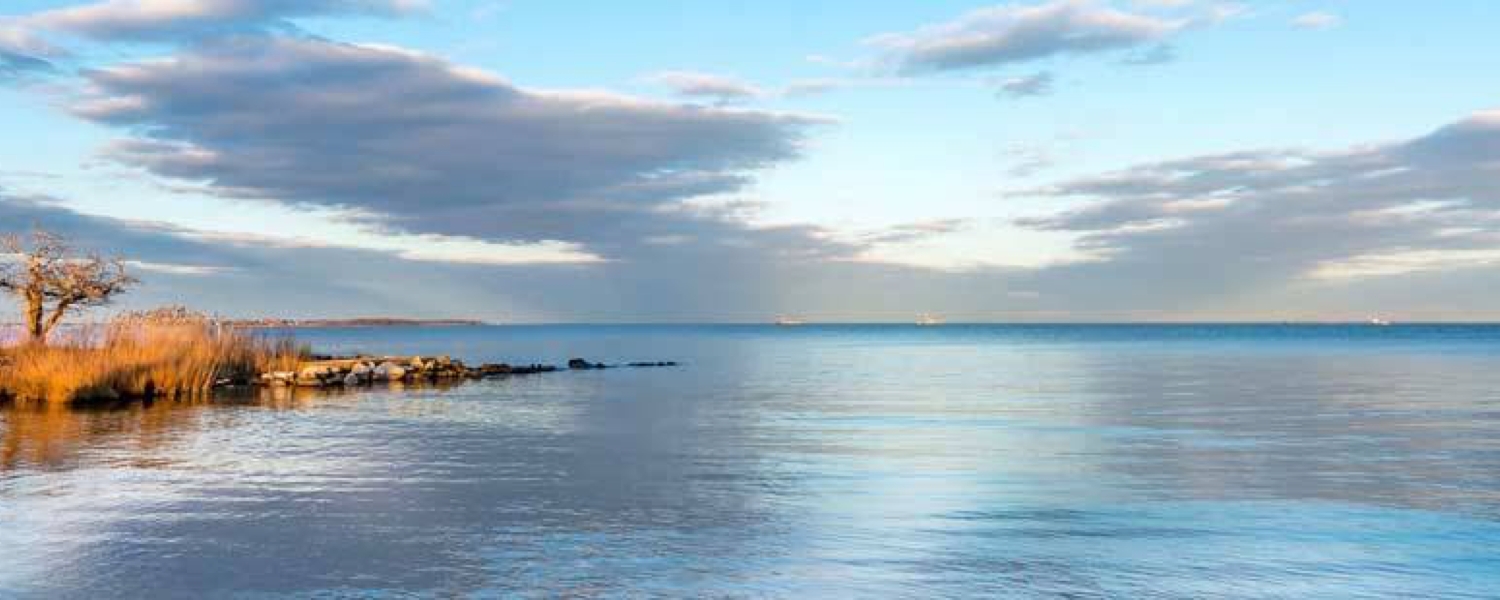
[bctt tweet=”“Work with regulators to come up with solutions for obstacles.” – Daniel Fenton #WhyCollaborate #Podcast”]
So it’s still very much tied to the right considerations based on a rural area or based on the different dynamics or different areas of this place, but we think that a lot of the local investors now feel really good about the fact that the regulatory team is part of the same team and we’re all thinking about this together. So I think that there are a lot of regulatory issues that exist, but we’ve gotta figure out ways as an industry to bring that with us and talk through it with them and try to think about what the solutions might be.
That is great advice. Bring them to the table and actually get them to come up with the solutions. Fantastic way to look at it.
Right, so if you think about it, Nicole, what they’re used to, those people are used to a project, so they’re used to you and I coming saying we want to build something and then their backs are against the wall and they’ve gotta respond to that. What we said was, let’s not talk about projects, let’s talk about how to get ourselves ready to then go out and track development and what would that look like, what things could be done? That’s when their minds started to move on how to improve the attractiveness when it came to bringing a new investment into this area.
I love that. That is a great strategy. Have there been any political or regulatory changes that you’ve seen in your career that have actually produced a positive result? A lot of the time people think about them as road blocks or things to work around.
This is somewhat regulatory but I do think that two things have happened. I think economic development leadership is now much more engaged with tourism, so that they don’t tend to view tourism as its own sort of island, and also they’re working on let’s say manufacturing or bringing in high tech companies or whatever it may be. I think there’s more engagement in economic development in a broader way in trying to support tourism development. That is significant, because there were many cases, largely in smaller destinations where literally tourism was on its own island in terms of development. I think that’s one. I think two, the notion of how, and this is a little bit regulatory but the notion of how to do public private partnerships in a more effective way has been another big development and there are a lot more, not just hotels, but other things being built with the notion that it doesn’t necessarily have to be 100% public but we need to have some type of public involvement to make the outcome together. So leveraging private dollars continues to get better in our industry.
The last thing I would say, which is a little bit in the minutia, is planning. A lot of planning departments are trying to make that experience that if you’re a small business, so you know, Nicole, if you and I are going to open up a restaurant, or open up a small retail, there’s a lot of interesting things going on now. When you walk up to that desk in a planning department, they’re starting to take the approach that that person is your advocate. They’re gonna stay with you through the process and really put in time and effort into driving small business. And by the way, if you think about what differentiates a destination, in a lot of cases, it is small business that really does differentiate destinations, and it’s independent businesses that have thought about new things in terms of what they want to do that create the uniqueness and creates the sells if you will, that’s what the sales opportunity is, what are those local, what are those innovative things that you’ve done to stimulate small business. I think it’s better than it used to be, I think that’s one of the things that has improved out there in terms of what we see.
That’s a really great point. That’s really good insight. Small businesses, traditionally, you talked about economic development, and I know where I’m from economic development means bringing in those large manufacturing firms or bringing in large employers, but tourism is starting to get its fair share and is starting to get invited to those conversations and to think about those small businesses that now make up the fabric of our industry, I think that’s terrific.
When you think about what an innovative, for example, you saw one situation where it’s really interesting, three partners got together and they created it was a restaurant and brewery type of experience, it was very different, it was their concept, and a great example where downtown got behind them and helped them and got them going and supported their efforts and did a lot of things that quite frankly they are now a huge catalyst of how you talk about this whole district because of what they’ve now been able to do. It never would have happened had there not been that sense of we’re gonna support this kind of innovation when they first started because they certainly weren’t some significantly well funded, large corporation coming in thinking about doing this. So that type of focus when it comes to destination economic development planning and everyone really can be a game changer in terms of a destination as a visitor experience and as a delegate experience.
Coopetition in Business Development Districts
I’m really enjoying this conversation so far. We’ve talked about a lot of things, but one thing I’m hearing even from this conversation and I’ve seen from my experience working in this industry is how many parties need to come together to collaborate and how important collaboration is. One of the things that we call it here is coopetition. How competitors even come together to create big wins for each other. So just wondering, from your perspective, where you’ve found those partnerships to be the most successful or the most win-win situations?
I think it’s really the issue of people understanding if there’s not enough density when it comes to activity, so if I’m trying to development a district or I’m trying to build out an experience, I need multiple experiences, I need retail, I need restaurants, some cases hotels, and that spirit that if we don’t have enough density of activities then none of us are really gonna be successful. We’ve seen that in a lot of cases where restaurants will support other restaurant development. Hotels will support other hotel development, especially when they understand it as part of a master plan. So if they have been part of what the vision is, and then it’s time to execute the vision, then you get much more understanding of how to support that.
If they have not been a part of it and all they assume is happening is just an increase in whether it’s more restaurants or hotel rooms or whatever it may be, then you get this more traditional concern over things like that. But if they’d been part of the master planning process and they can see how it’s gonna help everyone and how it’s gonna rise the tide. The other thing I think I would mention too, Nicole, is how do business improvement districts come about? Normally they come about because the hospitality industry has seen a plan or has determined things that they believe will help raise the demand for, or if you will, improve their businesses and then they agree to come together and pool funds if you will and support broader destination improvement efforts, new facilities, new things, and that’s clearly, those business improvement districts don’t happen without that collaborative but yet competitive, like you just said the collaborative cooperation.
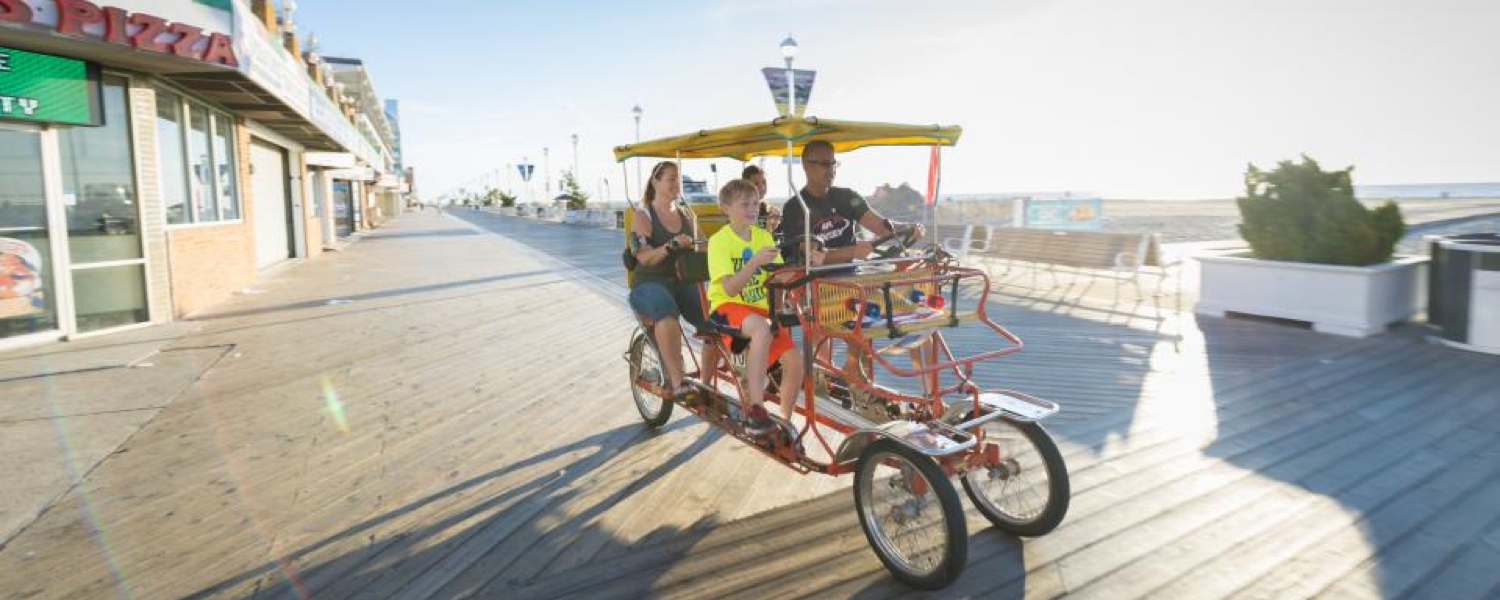
[bctt tweet=”“Concern happens when local businesses aren’t involved in the tourism vision.” – Daniel Fenton #Podcast”]
Right yeah. Coopetition, what I like to call it. Business improvement districts that you mentioned, I know in a traditional sense, those are largely funded through property tax, but you’ve seen them in the tourism industry-funded in a different way, can you speak about that a little bit?
The most traditional way they are funded is through an additional fee of some type that is added to the room if you will, it’s added to the room tax, it’s some sort of tourism fee that is added per occupied room and that goes into a dedicated fund that in many cases is governed by the hotels and has a resolution behind it that is very clear as to what it’s use is going to be and that type of an effort delivers additional funds, either for facilities or marketing or other things related to destination enhancement and the hotels come together. In some cases restaurants are involved too, so there are places where restaurants add additional fees to their guest checks to cover this. It’s a very powerful way to drive funding and also engage industries in really looking at what the key issues are, and quite frankly, Nicole, you know this too, that is it also helps with created dollars where the missions are very clear what the dollars are to be used for so that you don’t get situations where people come and want to use those dollars for other things because they’re very targeted. The resolutions that are written as part of the districts getting formed are usually very clear so you don’t get issues where dollars are bleeding off into other things that aren’t as directly related to tourism and tourism success.
How do you see this type of funding source either complementing or how is it different from occupancy tax, which I know a lot of us see that on our hotel bills when we go to a city you’ll see sales tax and then an occupancy tax.
The issue with occupancy tax is, number one, in some cases, even if there’s a good amount that’s being allocated to tourism, in some cases it’s not enough or there isn’t another funding source to drive bigger investment in a venue or some other thing. So what business improvement district should be, is resources on top of and not in lieu of hotel tax. So they should be designed with a specific mission in mind and some of the ones that we have been involved with developing clearly state that if in fact the public, the city or state or county, whoever it may be, if they start to look at these funds in lieu of taxes, meaning they start to move some of the tax dollars to other places, because they think that now that a business improvement district is set up there’s quote unquote enough money, then they are clearly set up to be able to vote them out or stop them if they feel that that’s going on. So they need to really be in addition to and with a specific purpose.
Yeah, with a specific purpose. I like that. So we’re talking about partnerships and collaboration, do you have any stories or any examples of something that might not have gone well? Something you might learn from? Don’t do it that way.
One of the things that we spend a lot of time on, and again Nicole you and I have talked about this whole question, we spend a lot of time in what we do is making sure before recommendations really surface, and as they surface, that there has been a lot of work to create support for those recommendations. It doesn’t mean that we would alter recommendations but make sure that they’re done in a way where the stakeholders in the community are behind them, understand them, and ready to support them. Let me give you an example.
We got involved with a large, very large tourism plan in the state of Florida, and it was a very collaborative process. We probably talked to two or three hundred people over the course of a year and a half and we were ready with recommendations, and there was one recommendation that had to do with the relationship between two entities that we thought was vetted and we thought we had consensus, and it turned out that when it became public, the one recommendation became a political lightning rod. On its own, it slowed down the process of the rest of the recommendations and the rest of the initiatives that were part of the plan. It slowed them down dramatically because time was taken out to politically argue over one recommendation of a whole series of recommendations.
Really think through making sure that as a way to drive a comprehensive plan, if there are things that are controversial, that they really have been vetted, talked through, thought through, before they become public, because that can derail the whole plan and it can be just one piece of it. So I think that’s something that we are very careful of because we’ve learned. For us, success is implementation, success isn’t completion of the study or the report or whatever it may be. Success for us is that there is actual implementation and things happen, and so we do everything we can, and the reason I say this proudly is because we do it through collaboration to try to make sure that we can end up with implementable items that will show results from the recommendation.
Yeah that’s really an important part and it has to do with expectations too, right? What does the audience that you’re making this presentation to expect? What do the different parties expect? So managing those expectations is really critical it sounds like, to making these projects successful. I’m wondering how you set the groundwork for managing those expectations?
Well we go right out and try to get a sense of what people are thinking, and I don’t just mean a couple of focus groups then we do our thing. I mean constantly trying to figure out what communities are thinking, what the key stakeholders are thinking as part of this so we can really make sure that before we complete a process, then again, I think whether you’re working with a firm like ours or doing it yourself, it’s the same principle. Before you would formally want to propose something, you want to make sure that you’ve taken the time to get community leadership, business leadership, everyone involved, they’ve thought through it so you know that there’s momentum behind it and you’re not trying to just advocate for something without knowing what the pulse is within the community.
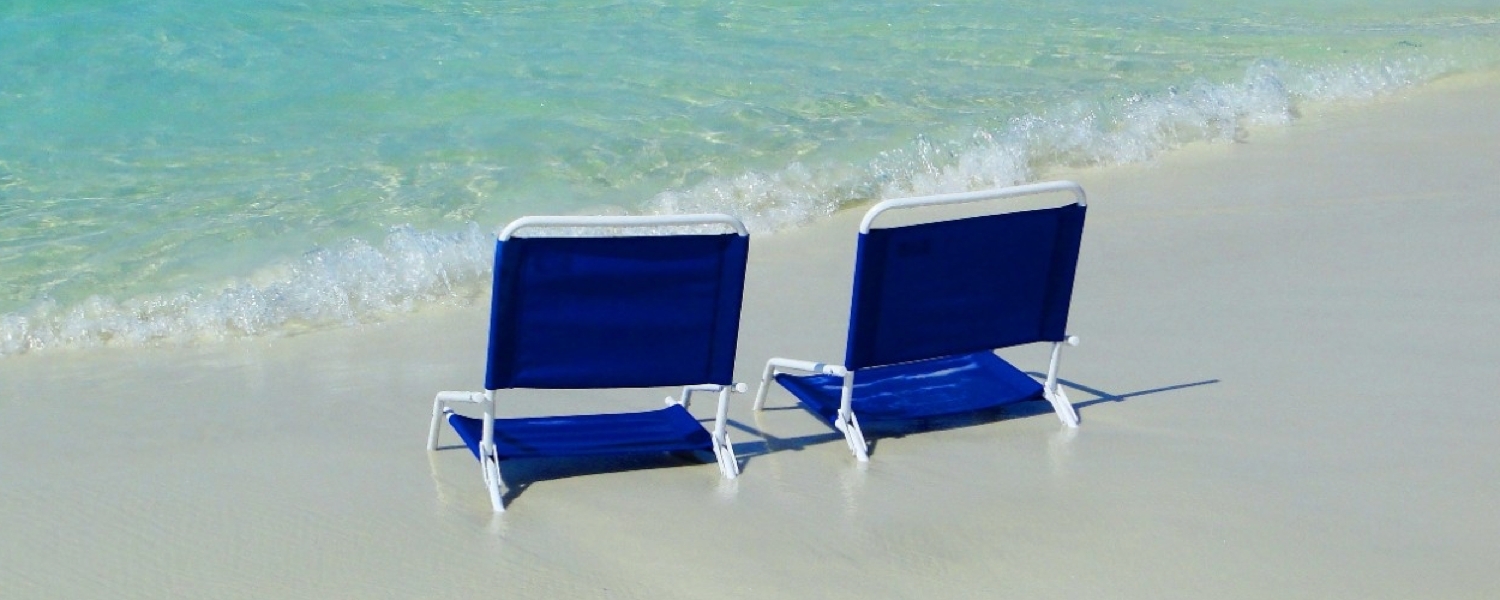
[bctt tweet=”“Drive community involvement and input in projects to create success.” – Daniel Fenton”]
In some cases that can really help in terms of how you go about advocating or what you do. I think that is an important piece of successful tourism organizations and successful initiatives. Quite frankly it takes time, there’s no other way to say it, it takes time. So sometimes people will say to us, “Can you get something done in 60 days?” We’ll say, well technically we could, but if you’re interested in making sure that what comes out of this really sees the light of day and really does have an impact, it’s gonna take more time than that because we’ve gotta bring people to the table, we’ve gotta listen, we’ve gotta make sure that everybody is involved or else it just won’t have as high a probability of success. I think that would apply whether that was an initiative that a tourism organization or someone was trying to do on their own or whether they’re using, working with firms like us, either way you gotta think that through very carefully.
Yeah. There’s that time again, everyone. You gotta take the time to do the planning right in order to be successful. I think that’s great advice. Dan, could we just wrap up with maybe one last thought here in terms of collaboration and partnerships? If I’m listening to this interview and I’m getting some ideas about some projects, whether it’s a marketing program or a master plan or something that I want to tackle, what would you recommend that I should look for in looking for a partner or folks to collaborate with, what types of organizations might I reach out to?
There’s two pieces there. Let’s start with inside a community. So before you even get into external partners, I think you always want to assume that everyone, and this is a broad statement, has some level of interest in it, so when you try and figure out, how am I gonna cast the net in terms of getting the community engaged in whatever the specific initiative or if it’s a larger master planning process, you have to first say to yourself we want to cast a wide net. I’ll give you an example, we’re working in one of the top six most populous destinations in the country right now, and we are in the process and we will end up with a database that is well over a thousand people that will receive surveys, updates, and that will be asked for their opinions when it comes to this particular process and this strategic planning process. These will include businesses that you would think, well what’s the connection with that business and tourism? What we find is when it comes to things like what do you think of your place as a destination? What things do you think you want to improve? Where would you see investments going forward? Everybody has thoughts about that and everybody will give input and the ability to get that input can in fact help lead the direction of the outcome. So I think that’s one.
I think on the external side, Nicole, I think you gotta find external firms that have this kind of approach, that have a track record of doing this, that can do this and that have the infrastructure to do it. If it is strictly the let’s write a study or let’s just plow through something and get it done. That’s a different approach than a partner that really values and will put the time and energy in and effort in and thought in on how to come out with something that has broad-based engagement and broad-based support which really enhances your organization’s opportunity for success. Because invariably, if there’s investment you’re competing with other dollars that are going other places. If there is procedural changes there are gonna be some people that are going to be impacted. So even with the most collaborative process, you are still advocating for things that are gonna take support to be successful and so it should be part of the process to try to gather that through input and engagement.
That’s a great way to think about it. Think about the internal and the external partners. Dan, this has been a great conversation, I knew it would be, I’ve learned a lot and I’ve had the opportunity to talk to you several times and I’ve learned something new every time I’ve talked to you so I’m so glad that you were able to join us and I appreciate you being on.
Well Nicole, thanks for having us, and on behalf of JLL and all of us, again, thanks for the opportunity and anything else we can do to contribute, we’re happy to do that.
Ways to contact Daniel:
- Website: us.jll.com/tourism
We value your thoughts and feedback and would love to hear from you. Leave us a review on your favorite streaming platform to let us know what you want to hear more of. Here is a quick tutorial on how to leave us a rating and review on iTunes!
